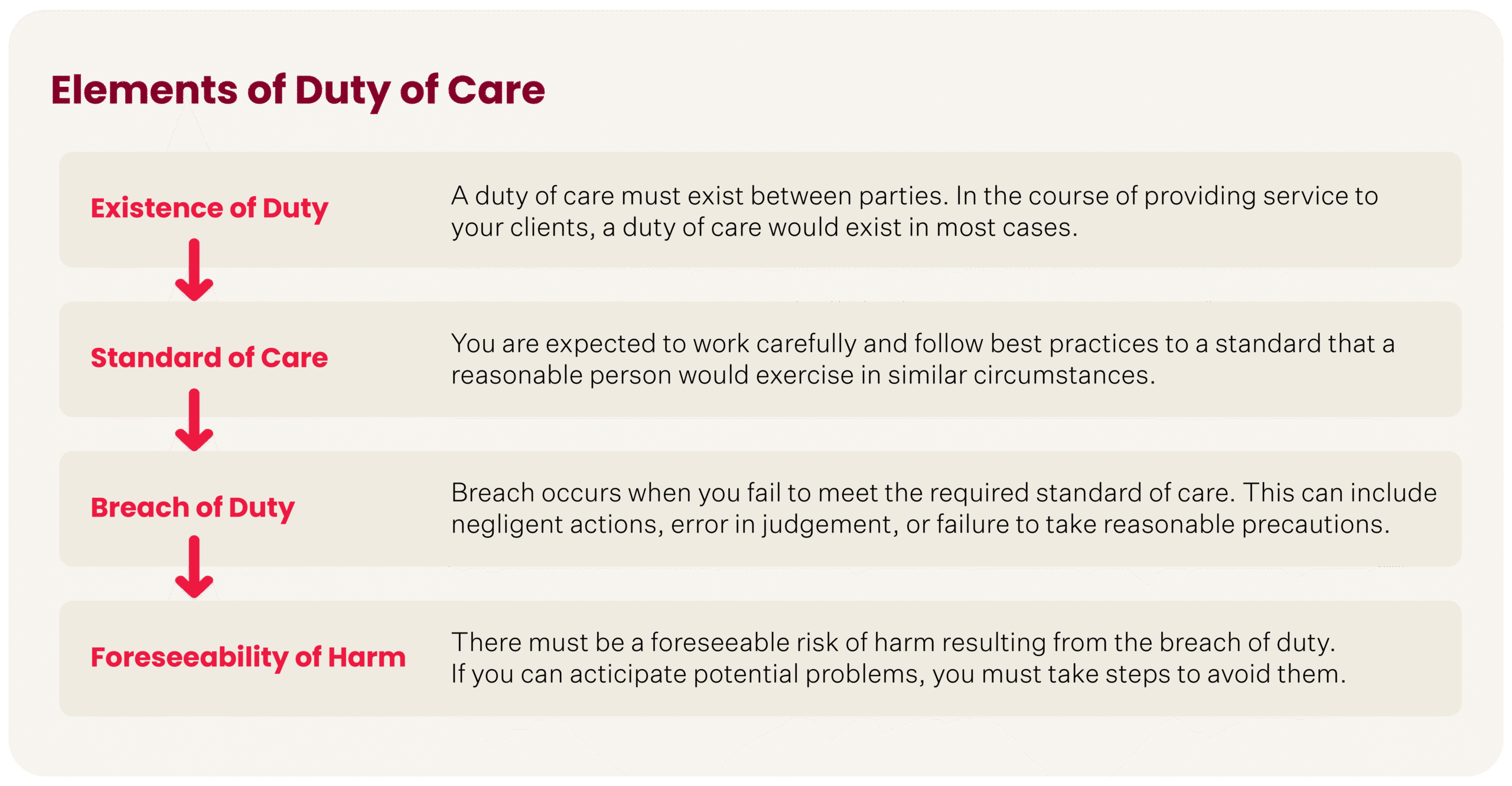White Collar Professionals (Engineers, Building Designers):
You’re focused on delivering excellent professional services to your clients. But when you engage subcontractors, whether for design input, specialist expertise, or installation, your risk exposure can change significantly.
Blue Collar Professionals (Builders, Trades):
Working with subcontractors is often a necessity to get the job done. Yet if something goes wrong, you can be held responsible, even when you didn’t do the work yourself.
This guide will help you understand:
- Your duty of care to clients and third parties
- The legal concepts of proportionate and vicarious liability
- Why your insurance may not automatically cover subcontractor-related claims
- What you can do to protect your busines




